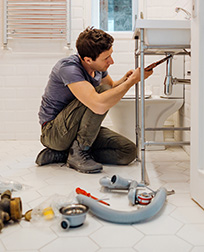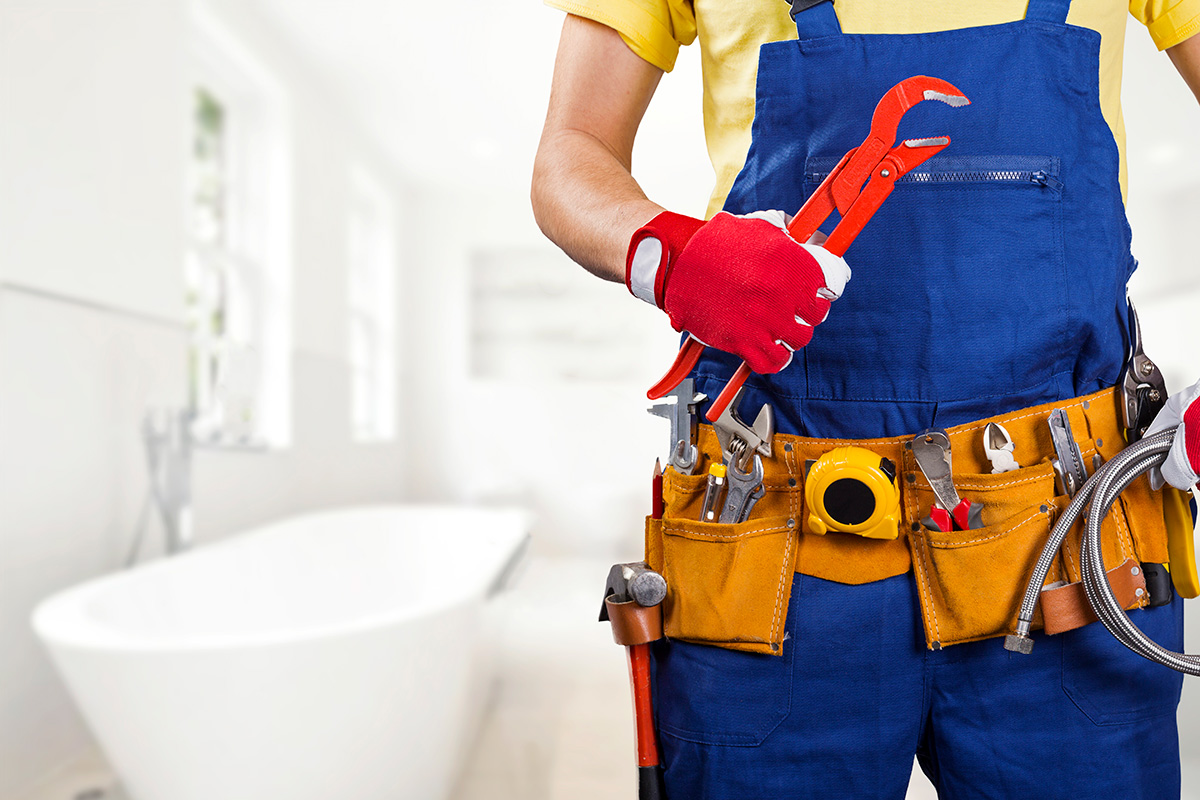Quick and Reliable Drain Cleaning Alabaster AL Services Available
Quick and Reliable Drain Cleaning Alabaster AL Services Available
Blog Article
A Step-by-Step Guide to Efficient Hot Water Heater Setup for Optimal Efficiency
Starting the task of mounting a hot water heater is a venture that requires accuracy and a systematic strategy for achieving ideal performance. The procedure begins with the vital decision of picking the suitable heating system customized to the specific requirements of your house, taking into consideration aspects such as power, type, and dimension resource. As soon as chosen, preparing the installation area to meet safety criteria is extremely important. The trip doesn't finish below. As you proceed, the details of connecting supply of water lines and establishing reputable electric or gas links await, appealing insights right into making certain performance and integrity.
Picking the Right Water Heating Unit

Next, take into consideration the size and capability of the hot water heater. It's crucial to analyze your home's warm water needs, which can differ based upon the variety of residents and their use patterns. A device that's too small may cause not enough warm water, while a large model may cause unnecessary power consumption.
Efficiency ratings additionally play a pivotal role in selection. Try to find water heating units with high Power Factor (EF) ratings, indicating remarkable efficiency and minimized power use. Tankless designs, though typically a lot more costly in advance, offer significant energy cost savings gradually as a result of their on-demand heating capabilities.
Preparing the Installment Area
Before mounting a brand-new water heating unit, thorough preparation of the setup location is crucial. This makes certain a smooth installment procedure and helps avoid future complications (Plumber Alabaster AL). Begin by choosing a suitable place that adheres to neighborhood building regulations and safety standards. The location must be dry, well-ventilated, and accessible for upkeep. It's crucial to measure the space thoroughly to suit the hot water heater's measurements, making sure appropriate clearance around the system for effective operation and servicing.
Examine the flooring for security, as the water heater will need a strong, degree surface to operate properly. If essential, mount a drip pan below the device to catch possible leakages or spills, preventing water damage to the surrounding area.
In addition, make certain that all essential tools and products get on hand before commencing the installation. This includes items such as wrenches, screwdrivers, a degree, and any kind of extra hardware required for securing the heating system and installing. A well-prepared installation area establishes the foundation for a successful water heating unit configuration, maximizing performance and safety.
Connecting Water Lines
When attaching water supply lines to your newly set up hot water heater, it is important to make certain that all connections are leak-free and secure to maintain effective operation and prevent water damages. Begin by identifying the warm and cool water system lines. The cold water inlet is normally marked with a blue tag or a "C", while the warm water outlet is noted with a red label or an "H".
Usage versatile water heating unit connectors to promote a simpler setup procedure. Prior to attaching the ports, put a plumbing professional's tape around the threaded ends of the water heating unit's inlet and outlet pipelines.
When connections are in location, gradually activate the primary supply of water shutoff. Examine each link for leakages by aesthetically really feeling and inspecting for dampness. Tighten up links as needed, and ensure the pressure alleviation valve is properly mounted, securing against extreme stress accumulation.
Establishing Up Electric or Gas Links
Correctly setting up the electrical or gas this hyperlink connections for your water heating system is a crucial step to ensure secure and reliable procedure. For electric water heaters, start by verifying that the electric circuit is suitable with the heating system's voltage and amperage requirements. Ensure the power supply is turned off at the breaker to avoid accidents. Attach the electric wires to the heating system adhering to the maker's wiring representation. Typically, this includes linking the ground wire to the eco-friendly terminal, and the remaining cords to their corresponding terminals, protecting each with wire nuts.
For gas hot water heater, safety is extremely important. Verify that the gas supply is off before continuing. Link the gas line to the hot water heater using a versatile gas port, ensuring it is appropriately threaded and sealed with pipeline joint compound or Teflon tape suitable for gas connections. Tighten the connections with a wrench, taking care not to over-tighten (Plumber Alabaster AL).
When links are made, evaluate for any type of prospective leakages. For gas lines, apply a soapy water solution to the joints; bubbles suggest a leak. For electrical links, confirm that all electrical wiring is safe and secure and correctly insulated, maintaining compliance with regional electric codes.
Testing and Readjusting for Efficiency
With the electric and gas links safely in location, the next action is evaluating the operational performance of your water heating unit. Begin by carefully turning on the water supply and guaranteeing there are no leaks at any of the valves or joints.
Following, do an extensive assessment to ensure the burner or gas burners are working correctly. For electric heating units, use a multimeter to validate if the components are drawing the suitable existing. In gas versions, observe the burner fire; it needs to be consistent and blue, showing reliable combustion.
Change the setups as required to eliminate ineffectiveness. Think about implementing insulation steps, such as adding a hot water heater covering, to additionally boost efficiency by reducing heat loss. Additionally, examine the anode pole's problem, as a shabby rod can reduce performance and bring about tank corrosion.
Verdict
Effective water heating system installment is crucial for making certain optimal efficiency and power financial savings. Safely connecting water supply lines and meticulously setting up electric or gas try this site connections minimize potential problems.

Correctly establishing up the electric or gas links for your water heater is a vital step to ensure safe and reliable procedure. For electric water heating systems, start by validating that the electrical circuit is suitable with the heating unit's voltage and amperage demands. Attach the gas line to the water heater utilizing an adaptable gas connector, ensuring it is appropriately threaded and sealed with pipe joint substance or Teflon tape suitable for gas connections.
Report this page